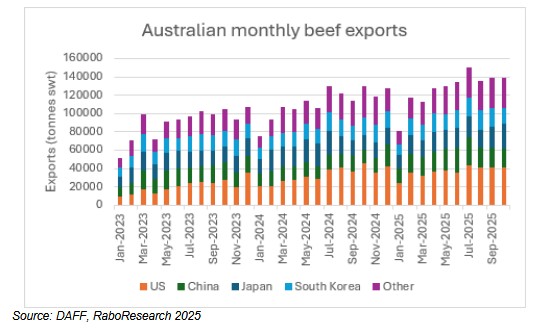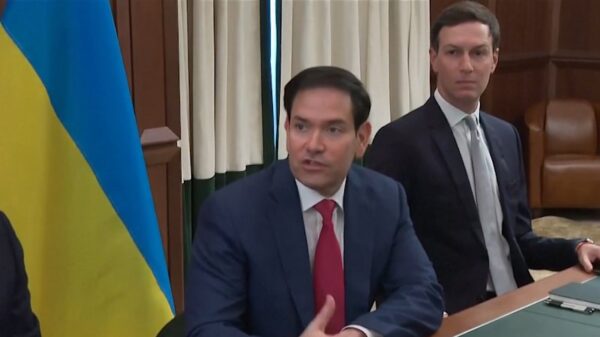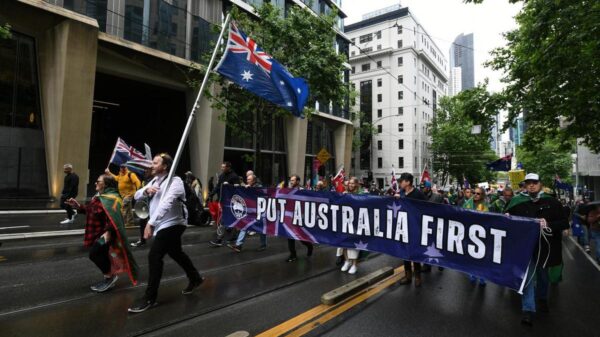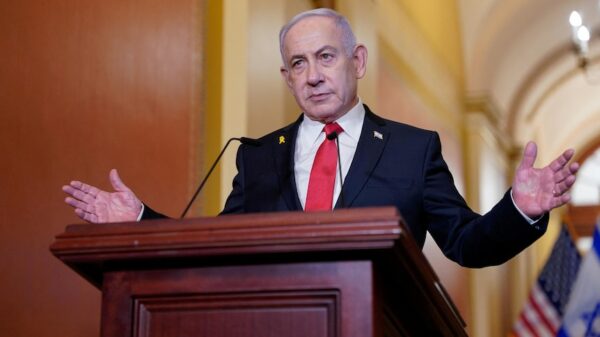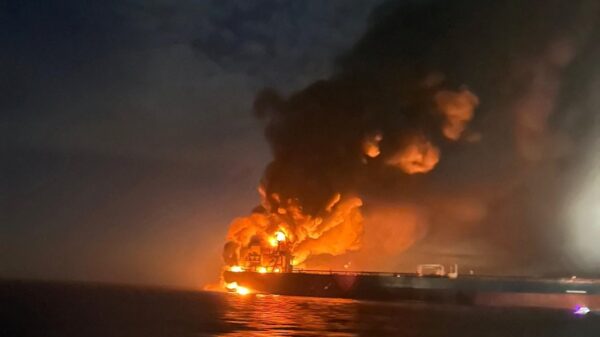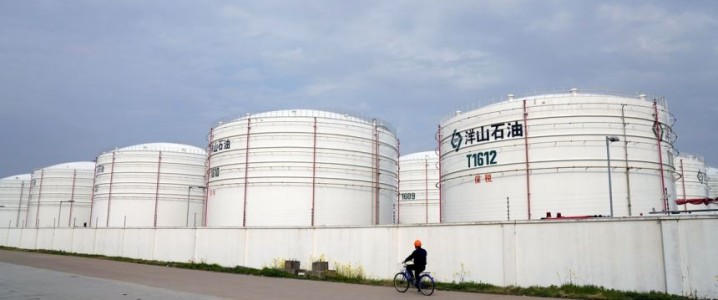The United States is significantly escalating sanctions against Iran’s oil trade, particularly targeting China, the largest importer of Iranian oil. This move is part of a broader strategy to limit Iran’s ability to fund its controversial nuclear programme and diminish the power of the Islamic Revolutionary Guard Corps (IRGC), a key player in Tehran’s military ambitions.
The U.S. government’s immediate goal is to eliminate Iran’s enriched uranium stockpile, which could be used for nuclear weapons. Long-term, Washington aims to weaken the IRGC’s influence, a critical factor in Iran’s military operations. To achieve these objectives, the U.S. recognizes that cutting Iran’s oil exports to near zero is essential. This places China, as Iran’s principal oil customer, at the centre of the sanctions effort.
A senior legal source who works closely with U.S. agencies on these sanctions stated, “We want to put Beijing back in its box when it comes to Iran and the Middle East.” This indicates a clear intent to restrict China’s involvement in Iran’s oil trade as part of a wider strategy to mitigate perceived threats from Beijing and its allies.
Recent Developments in Sanctions
In recent days, the U.S. announced new sanctions that specifically target 20 entities believed to be engaged in trading Iranian oil and petrochemical products. Among them is Zhoushan Jinrun Petroleum Transfer Co., an oil terminal located in the Zhoushan port area of China. The U.S. State Department stated that the Iranian regime continues to use oil revenue to support terrorism and oppress its citizens.
This latest round of sanctions follows a historical pattern. After withdrawing from the Joint Comprehensive Plan of Action (JCPOA) in 2018, the U.S. aimed to reduce Iran’s oil exports to zero. However, China has consistently imported substantial amounts of Iranian oil, often bypassing U.S. sanctions through various means.
Despite American efforts, China imported nearly 1 million barrels per day from Iran, a figure that has been steadily increasing. This trend has been bolstered by the Iran-China 25-Year Comprehensive Cooperation Agreement, which enhances economic ties between the two nations.
The U.S. has also broadened its sanctions strategy to include other regional players, such as Iraq, which has historically relied on Iranian natural gas for energy. Recent legislation aims to ban Iranian gas imports into Iraq, a move that could have significant implications for the country’s energy sector.
Implications and Future Actions
As the sanctions landscape evolves, the U.S. has demonstrated an ability to tighten restrictions effectively. Previous sanctions on Iran have been paired with measures targeting its financial networks and regional allies. For instance, sanctions imposed in December 2023 affected a broader range of entities, focusing on individuals and companies involved in financial support for the IRGC and its military operations.
Under Secretary of the Treasury for Terrorism and Financial Intelligence, Brian E. Nelson, affirmed the U.S. commitment to disrupting Iran’s military funding sources. The U.S. continues to monitor and target firms in Hong Kong suspected of facilitating trade with Iran, although recent developments suggest a shift in strategy may be taking place.
The recent sanctions against Zhoushan Jinrun and similar entities indicate that the U.S. is prepared to take further action. “More is to come,” the senior legal source noted, suggesting that Washington will continue to pursue measures that limit Iran’s oil revenues and pressure its international partners, particularly China.
As the situation unfolds, the effectiveness of these sanctions in curbing Iran’s nuclear ambitions and diminishing the IRGC’s power remains to be seen. The complex interplay of global oil markets and international diplomacy will undoubtedly influence the outcomes of these ongoing efforts.




